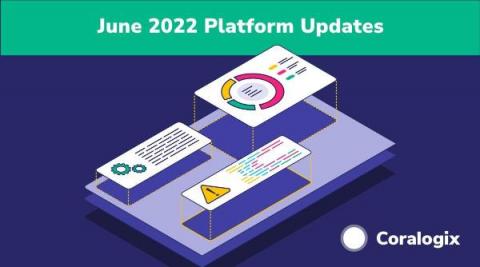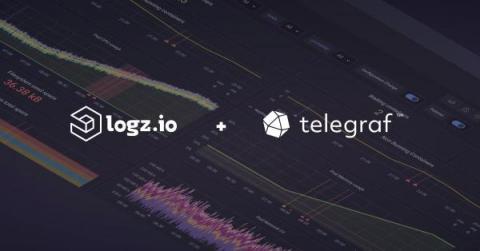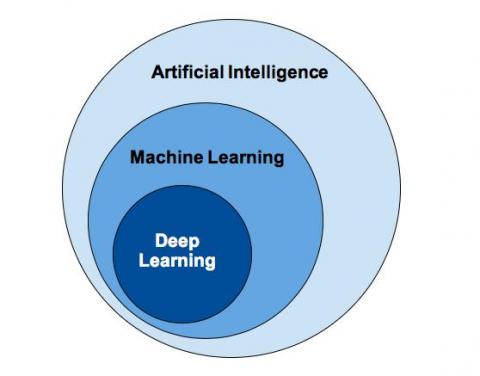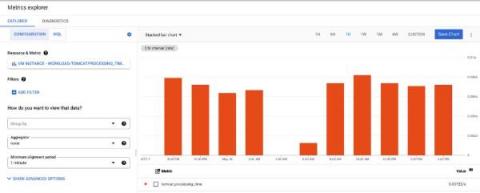June 2022 Platform Updates
Our team has been hard at work this month to introduce 2 new parsing rules, DataMap improvements, updated tracing visualizations for SLA monitoring & more. Get up to speed on everything that’s new and improved in the Coralogix platform!











